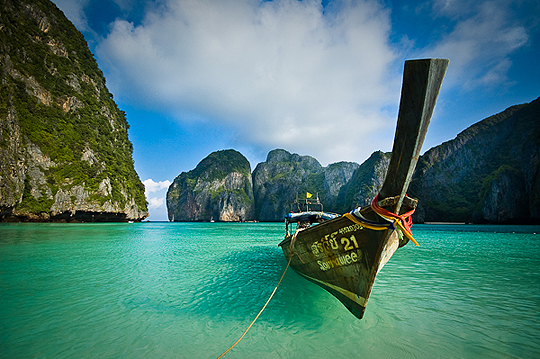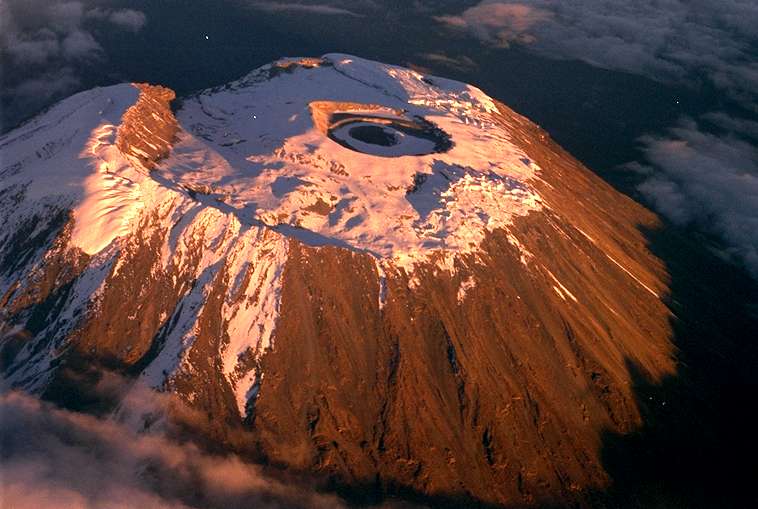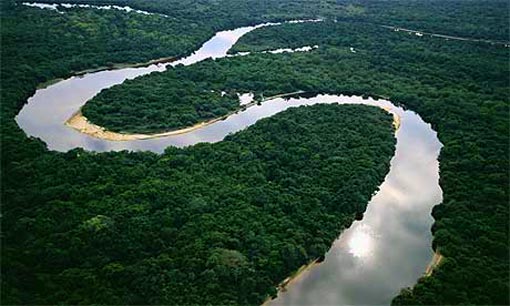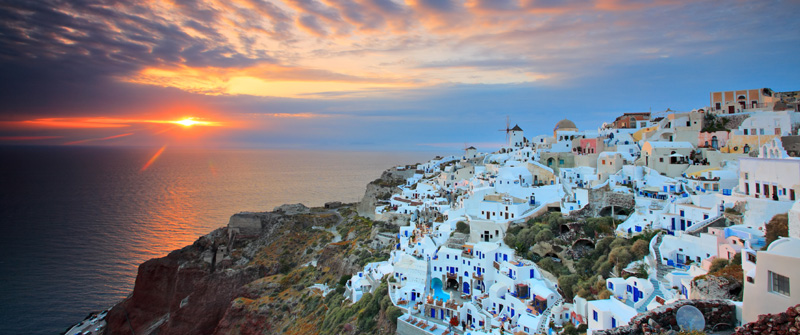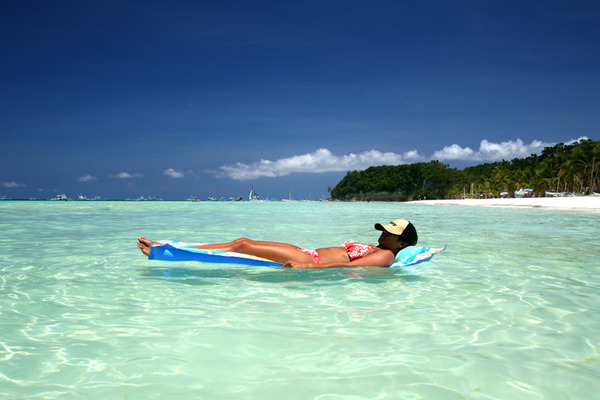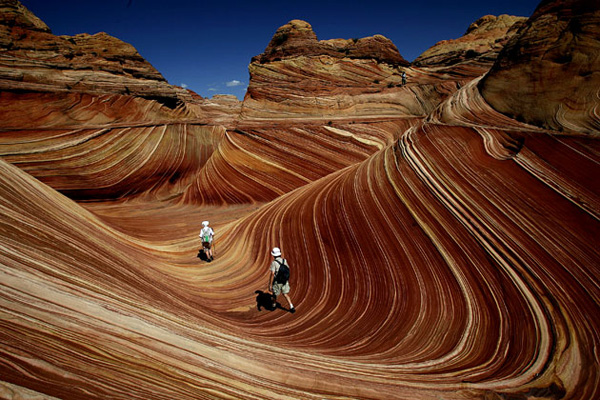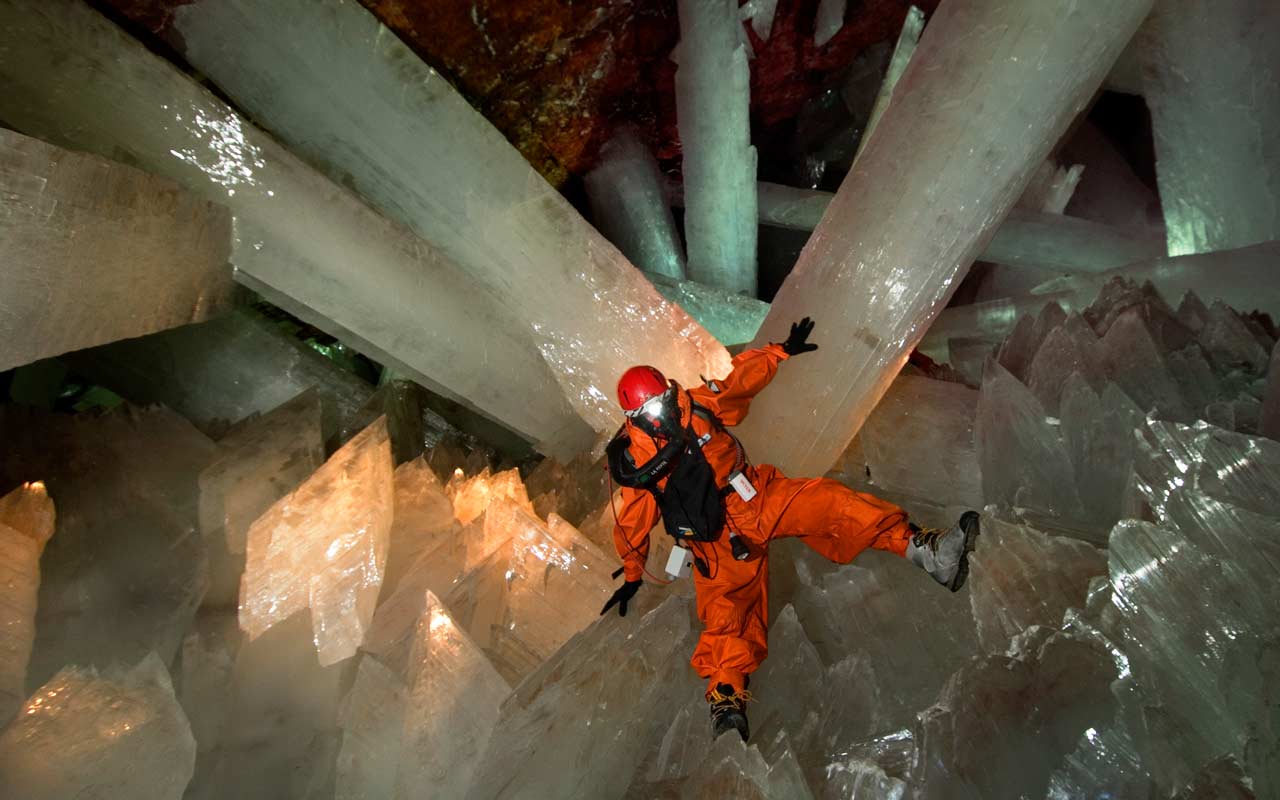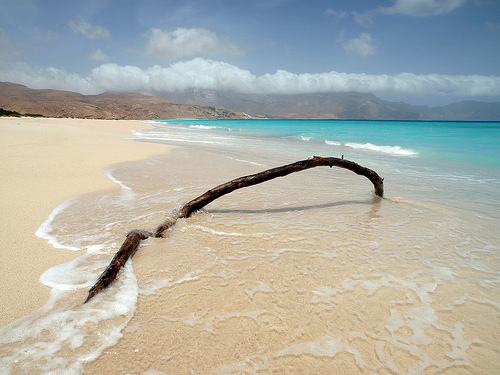Written by Loukas with Gloholiday.
Living in the modern world can be taxing in that from time to time you may need to take a break from it all. You can’t help but sometimes want to run away from the stress, the crowd, and the noise of the city. Our species has altered the Earth beyond redemption, and this list presents you with a few of nature’s marvels that are still intact, waiting for you to be awed by them.
1. Antelope Canyon

Antelope Canyon is arguably the most photographed canyon in Southwest America. Located on Navajo, the Antelope Canyon is formed by two separate slot canyons known as The Crack (upper canyon) and The Corkscrew (lower canyon). This canyon was actually formed by the Navajo Sandstone’s erosion; caused by the numerous flash floods that happened here thousands of years ago.
2. Koh Phi Phi Islands
Located in Thailand, the Kho Phi Phi Islands is a collection of awe-inspiring rock formations and classic beaches. The Kho Phi Phi Islands is paradise personified.
3. The Yangtze River
The Yangtze River is almost 4,000 miles long, and has watered and given life to civilizations for at least one millennium. One poet even wrote that to navigate the Yangtze was harder than climbing the sky. A great deal of China’s past lies at the bottom of the Yangtze now because of its numerous murderous floods over the years, however, navigating through the Yangtze on its tamer days will also give you a glimpse of its future and help you come to terms with life
4. Mount Kilimanjaro
Mount Kilimanjaro is a freestanding mountain, the tallest of its kind where you can experience at least five ecosystems and the best view in Africa.
5. Amazon Rain Forest
Covering a staggering two million square miles of the Earth and spanning eight countries in South America, the Amazon Rain Forest is home to at least a third of the world’s species. The forest is deteriorating with currently 20% of its lands cleared of timber and other natural flora to make farms.
6. Great Barrier Reef
The Great Barrier Reef in Australia is the only living collective that can be seen from the Earth’s orbit. It is composed of some 3,000 coral reefs and 600 islands that make up to at least 1,250 miles. Global warming is certainly threatening this marvel by causing coral bleaching that may mean functional extinction of this system by 2050.
7. Galapagos Islands
The Galapagos Islands is the place where Charles Darwin’s theory of natural selection was born when he visited the islands in 1835. To date, 14 of the major islands and some smaller islands of the Galapagos remain the most biologically intact system in the world.
8. Santorini
Santorini is arguably the most talked about island in the Aegean. Santorini is home to great volcanic landscapes, gray (and even red) beaches, white houses, terraces that give you panoramic views of the sea, and romantic sunsets. All of this together with the remnants of long-gone civilizations uncovered beneath millions of years’ worth of volcanic ash make it a must-see place to visit.
9. The Maldives
The Maldives is located in the Indian Ocean just south of the equator. This small country comprises 1,190 coral islands that are formed around at least 26 ring-like atolls, and spread over 90,000 square kilometers of ocean. The Maldives boasts blue seas, reefs, and white, sandy beaches.
10. Iceland
No, it is not a land made of ice, but a country where the Earth is literally splitting in two, where some of the biggest glaciers in Europe meet volcanic springs offering a stunning picture of extremes: Fire versus Ice.
11. Bora Bora
The ocean gave birth to the island of Bora Bora some 3 million years ago, and to the ocean will be where it returns. Bora Bora is slowly sinking like many other Polynesian Islands. Bora Bora has a great collection of coral reefs to experience amazing sights whether from a glass bottom boat or diving.
12. The Wave
The Wave is a sandstone formation in the border of Arizona and Utah on the Coyote Buttes slopes. Millions of years ago, this region is said to have been a sandy desert where huge sand dunes migrated over the landscape as the seasonal winds pushed them. Today, we see some of the original dunes that were shaped into landforms and have now been exposed by erosion from runoffs.
13. Naica Mine
The Naica Mine is a working mine most famous for being home to the largest natural crystals in the world. The selenite crystals in the mine are actually seen most easily in the area known as the Cave of Crystals that is around 300 m below the surface of the limestone rock of the mine. The giant selenite crystals in the cave were formed by the hydrothermal fluid in the magma chambers below.
14. Plitvice
Plitvice is a national park located in Croatia, and is surrounded by three mountains in the Dinaric Alps: the Plješevica, Medve?ak, and the Mala Kapela. Separated by natural travertine dams, the park has a total of sixteen pristine, blue-green lakes. The colors of the lakes range from azure, green and grey to blue and are completely dependent on the minerals and organisms in the water as well as the angle of sunlight hitting the surface of the water.
15. Pamukkale
Pamukkale means ‘cotton castle’ in Turkish, and it is a natural site located in the Denizli Province, Turkey. The Pamukkale contains terraces composed of travertine, a carbonate minerals that is left by water flowing over them. This is considered to be one of the best mineral-bath spas in Turkey with its hot, calcium-filled water that springs from the ground and flows through a cascade of cliffs.
16. Socotra Island
The Socotra Island in Yemen is a landform of continental origin, known to be one of the most isolated of its kind. It is considered to be one of the most biodiverse centers in the Arabian Sea because of it long isolation and unique flora resulting from the fierce heat and drought it experiences. At least 37% of the plant species found on the Socotra are unique to the island.


